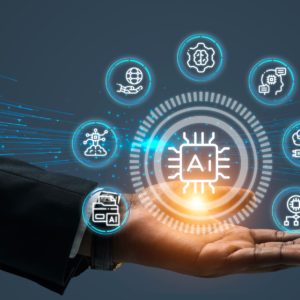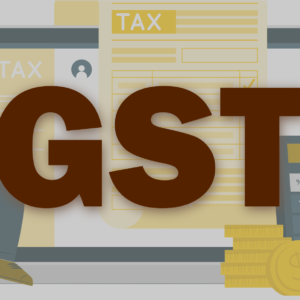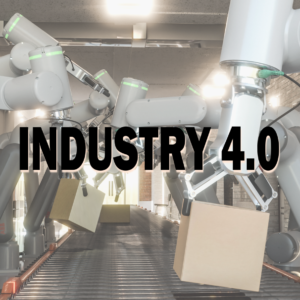The Government of India’s innovative Production Linked Incentive (PLI) schemes across 14 sections with an outlay of INR 1.97 Lakh crores has emerged as dynamic catalysts for economic growth, aiming to bolster manufacturing capabilities and enhance global competitiveness. While these schemes are sector-specific, their ripple effects have far-reaching benefits, indirectly impacting Micro, Small, and Medium Enterprises (MSMEs) and the broader economy.
As on June 2023, 733 applications have been approved in 14 Sectors with expected investment of INR 3.65 Lakh Cr. 176 MSMEs are among the PLI beneficiaries in sectors such as Bulk Drugs, Medical Devices, Pharma, Telecom, White Goods, Food Processing, Textiles & Drones.
Let’s delve into how these schemes contribute to the flourishing ecosystem of MSMEs and foster economic prosperity.
1. Encouraging Domestic Manufacturing
PLI schemes incentivize large-scale manufacturers to ramp up domestic production, reducing dependence on imports. This surge in manufacturing activities creates a cascading effect, generating increased demand for components and services from MSMEs.
2. Supply Chain Strengthening
As major players expand production, they often rely on a robust network of ancillary industries and MSMEs for essential components and services. The PLI schemes act as a linchpin, fortifying the entire supply chain and providing MSMEs with opportunities to scale their operations.
3. Technology Adoption and Innovation
To qualify for PLI benefits, companies are encouraged to adopt cutting-edge technologies and innovative processes. MSMEs, serving as crucial cogs in the supply chain, can absorb these advancements, enhancing their competitiveness and resilience.
4. Boost to Employment
The surge in manufacturing activities necessitates an increase in the workforce, directly benefiting both large-scale industries and the MSME sector. MSMEs often experience a spillover effect, witnessing heightened demand for their products and services due to increased employment and disposable income.
5. Export Promotion
Some PLI schemes specifically target export-oriented sectors, fostering global competitiveness. MSMEs, especially those engaged in export-oriented ancillary industries, find new avenues to participate in the global market, amplifying their growth prospects.
6. Financial Stimulus
PLI schemes offer financial incentives, which, when channeled into capital expenditure, technology upgrades, and skill development, empower MSMEs to scale their operations. Improved access to funds and reduced financial strain contribute to the overall health of the MSME ecosystem.
7. Holistic Economic Growth
By catalyzing growth across diverse sectors, PLI schemes contribute to a holistic economic development model. MSMEs, deeply embedded in the fabric of various supply chains, experience sustained growth, further diversifying and strengthening the national economy.
In conclusion, the Government of India’s PLI schemes play a pivotal role in transforming the manufacturing landscape. As large industries thrive under these incentives, MSMEs find themselves at the nexus of a flourishing ecosystem. The symbiotic relationship between major manufacturers, MSMEs, and ancillary industries not only stimulates economic growth but also fortifies the nation’s position in the global market. Through strategic policy interventions, the PLI schemes become instrumental in fostering an environment where every tier of the industry contributes to and benefits from India’s march towards becoming a manufacturing powerhouse.






